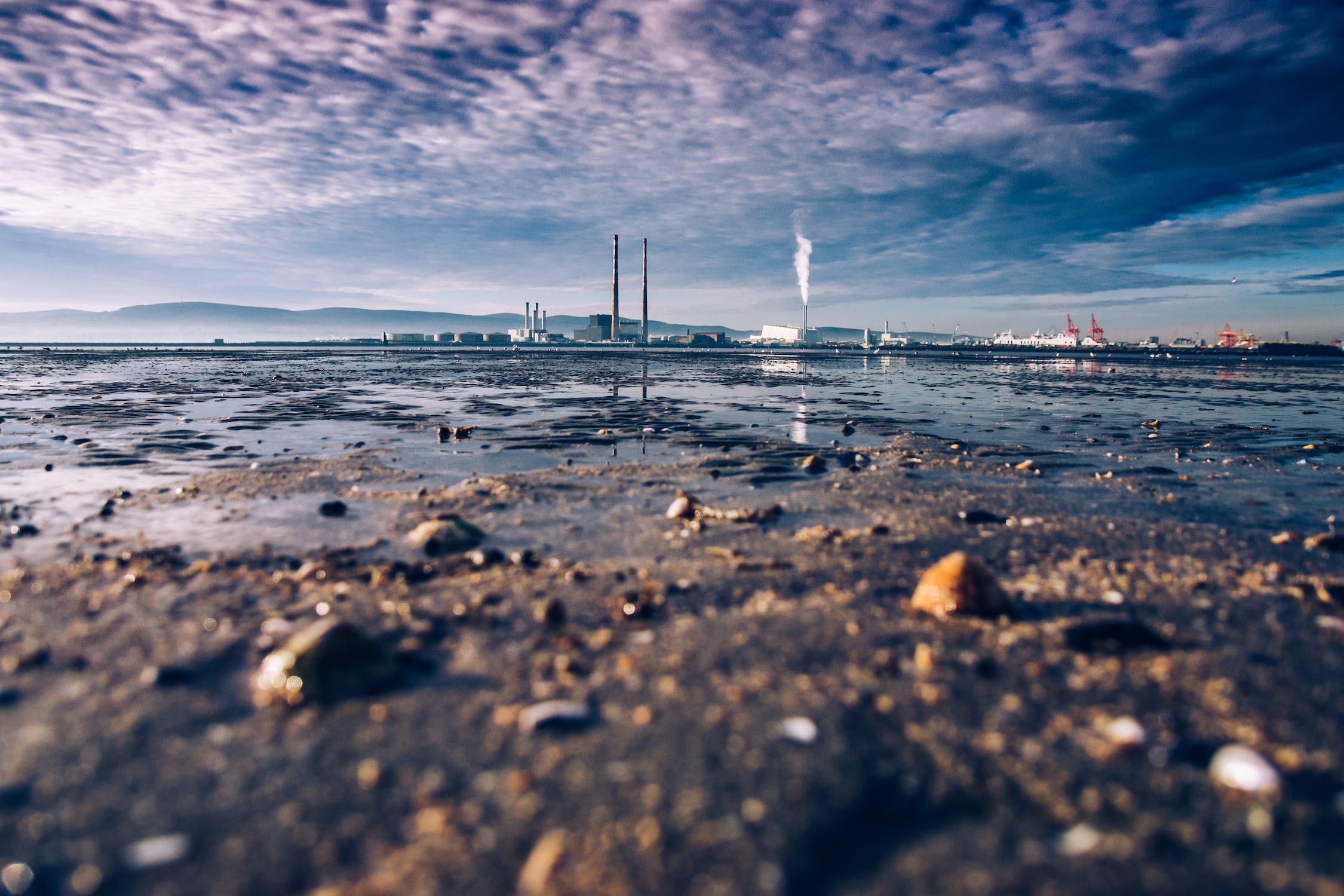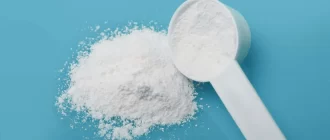Clean water is a fundamental necessity for sustaining life and preserving human health. However, as our world grapples with growing environmental challenges, the quality of our water sources is increasingly compromised. A recent survey reveals that one can find at least one PFAS in 45% of the US’s consumable water sources.
Polluted waters pose a grave threat to human well-being, with potentially dire consequences that extend far beyond what meets the eye. In this exploration, we delve into the dangerous health risks that arise from water contamination, shedding light on the hidden dangers.
Types and Sources of Water Contamination
Water, often considered nature’s elixir, is susceptible to various contaminants. Understanding the intricate web of contamination is crucial to comprehending its potential impact on human health.
Industrial discharges stand as one significant source of water pollution. Factories and manufacturing units release many hazardous chemicals, heavy metals, and toxins into water bodies, leading to severe contamination. These pollutants can infiltrate groundwater reserves, ultimately finding their way into our taps and affecting the health of those who consume them.
While essential for sustenance, agricultural practices can also significantly contribute to water contamination. The runoff from fields treated with pesticides, herbicides, and fertilizers can carry harmful substances into nearby water sources.
These chemicals jeopardize aquatic life and pose substantial health risks to humans who ingest or come into contact with the contaminated water. Almost 46% of US waterways have excess nutrients, and only 28% are assessed as healthy due to excess nutrients from runoffs.
Microbial contaminants, often originating from human and animal waste, present yet another dimension of water pollution. Pathogenic bacteria, viruses, and parasites find a conducive environment in untreated sewage or poorly managed livestock waste. When these contaminants enter water supplies, they can lead to outbreaks of waterborne diseases, causing widespread illness and even fatalities.
Moreover, chemical spills and leaks are acute sources of sudden and severe water contamination incidents. Accidents, such as tanker truck crashes or pipeline breaches, can release significant quantities of hazardous substances into water bodies. These incidents endanger aquatic ecosystems and expose nearby communities to immediate health risks.
Natural sources of contamination, although less common, also play a role. Natural minerals like arsenic and lead can dissolve into groundwater, particularly in areas with geological deposits rich in these elements. This results in chronic and often subtle contamination that, over time, can lead to serious health issues.
Health Risks Associated with Water Contamination
Water contamination presents a multifaceted spectrum of health risks that can impact individuals in both immediate and long-term ways. These risks underscore the critical need for maintaining clean and uncontaminated water sources for public health.
Immediate Health Effects
Contaminated water can swiftly lead to a range of immediate health problems. Ingesting water tainted with microbial pathogens, such as bacteria and viruses, can trigger acute gastrointestinal issues like diarrhea, vomiting, and stomach cramps. These distressing symptoms can result in dehydration, which is especially dangerous for vulnerable populations such as young children and the elderly.
Chemical contaminants in water can lead to rapid poisoning and adverse health effects. Exposure to high levels of certain chemicals, like chlorine byproducts or heavy metals, can cause nausea, dizziness, respiratory distress, and even neurological symptoms. In severe cases, immediate chemical exposure may necessitate urgent medical intervention.
Long-Term Health Consequences
Beyond the immediate effects, prolonged exposure to contaminated water can have far-reaching and often insidious health consequences. According to the conclusion of a study published in the ScienceDirect Journal, 80% of diseases occur due to ingestion of contaminated water. Chronic diseases, such as cancer, organ damage, and developmental disorders, can develop over time due to continuous exposure.
One of the most prominent examples of such health concerns due to exposure to contaminated water is the Camp Lejeune lawsuit. According to TorHoerman Law, several military personnel, their families, and civil servicemen stationed at Camp Lejeune were exposed to contaminated water. Studies have shown that among those exposed, many have developed some form of health condition.
The health problems associated with Camp Lejeune water contamination are bladder cancer, multiple myeloma, Hodgkin Lymphoma, and others. Even the prenatal babies exposed to contaminated water in their mother’s womb are said to have severe health conditions.
If you or a loved one has faced such problems, you can file a Camp Lejeune lawsuit. However, winning the case requires collecting enough evidence to prove the link between water contamination and your health. Since this can be a complicated process, it is advised to hire a lawyer.
The chances of winning the case increase when you hire the best lawyers for the Camp Lejeune Lawsuit. The right lawyers will have the experience to fight such types of cases. They will also help you collect the evidence and negotiate for the best settlement amount based on how strong your case is.
Vulnerable Populations
Certain groups are more vulnerable to the health risks posed by water contamination. Infants, whose immune and detoxification systems are still developing, can be significantly affected. Pregnant women also face heightened risks due to the potential impact of contaminants on fetal development.
Individuals with compromised immune systems, such as those undergoing chemotherapy or living with HIV/AIDS, are at increased risk of severe illness. The elderly, too, are more susceptible to dehydration and complications from waterborne diseases, making the quality of their water supply crucial.
Environmental Impact
The consequences of water contamination extend beyond human health, intertwining with the intricate web of the natural environment. A symbiotic relationship exists between environmental well-being and the health of human populations, making it imperative to acknowledge the interconnectedness of these two.
Water contamination can trigger a cascading series of environmental repercussions. Often delicate and finely balanced, pollutants infiltrating water bodies profoundly affect aquatic ecosystems. Toxic substances disrupt the ecological equilibrium, leading to the decline of marine species and the disruption of food chains. This compromises biodiversity and affects the livelihoods of communities dependent on fisheries and aquatic resources.
Contaminated water can infiltrate the soil, impacting the health and productivity of crops and vegetation. This raises concerns about the safety and quality of the food chain, potentially leading to the consumption of contaminated produce. Consequently, the cycle of contamination continues, amplifying its adverse effects on ecosystems and public health.
Moreover, water contamination can exacerbate existing environmental challenges. For instance, when chemical pollutants infiltrate water bodies, they can contribute to the eutrophication of aquatic systems. This causes excessive algae growth and oxygen depletion. This phenomenon, known as “dead zones,” not only harms marine life but also affects the air quality in surrounding areas.
Regulatory Measures and Water Safety
Regulatory measures and water safety protocols are essential guardians of public health in water contamination. Effective regulations, monitoring systems, and enforcement mechanisms play a pivotal role in mitigating risks, ensuring safe water supplies, and maintaining the well-being of communities.
Establishing Standards and Guidelines
Government agencies and international organizations set stringent water quality standards and guidelines. These standards define acceptable contaminant limits, including microbial pathogens, chemical substances, heavy metals, and pollutants. By establishing these benchmarks, regulatory bodies provide a clear framework for assessing water safety and guiding necessary interventions.
Routine Monitoring and Surveillance
Monitoring water sources, treatment facilities, and distribution systems is a cornerstone of water safety. Water quality tests detect the presence of contaminants and enable prompt responses to emerging threats. Advanced technologies, such as remote sensors can enhance surveillance capabilities, allowing the authorities to detect anomalies and take corrective actions swiftly.
Treatment and Purification Protocols
Water treatment processes are designed to remove or neutralize contaminants, rendering water safe for consumption. Filtration, disinfection, chemical treatment, and advanced technologies like ultraviolet (UV) disinfection are employed to eliminate pathogens and chemical pollutants.
Regulatory agencies enforce adherence to these treatment protocols, ensuring that water undergoes adequate purification before reaching consumers. However, a lot of water still goes untreated. According to recent data, around 44% of the wastewater on the earth is sent into untreated water bodies. This can lead to numerous health hazards.
Emergency Response Plans
Preparedness is crucial in responding to water contamination emergencies. Regulatory bodies mandate that water utilities develop comprehensive emergency response plans to address sudden contamination incidents, such as chemical spills or disease outbreaks. These plans outline procedures for communication, risk assessment, resource allocation, and public notification to mitigate immediate and long-term health risks.
Conclusion
Water contamination casts a vast shadow, affecting health, ecosystems, and future generations. As we confront the perils of pollutants, we must heed the urgent call for vigilance, collaboration, and advocacy. We can rewrite the narrative by raising awareness, championing clean water, and demanding change. Through collective action, we pave a path toward safer, healthier waters, ensuring a brighter, untainted future for all.
Quetext link: https://www.quetext.com/reports/48410e526ba16ff9ca13






